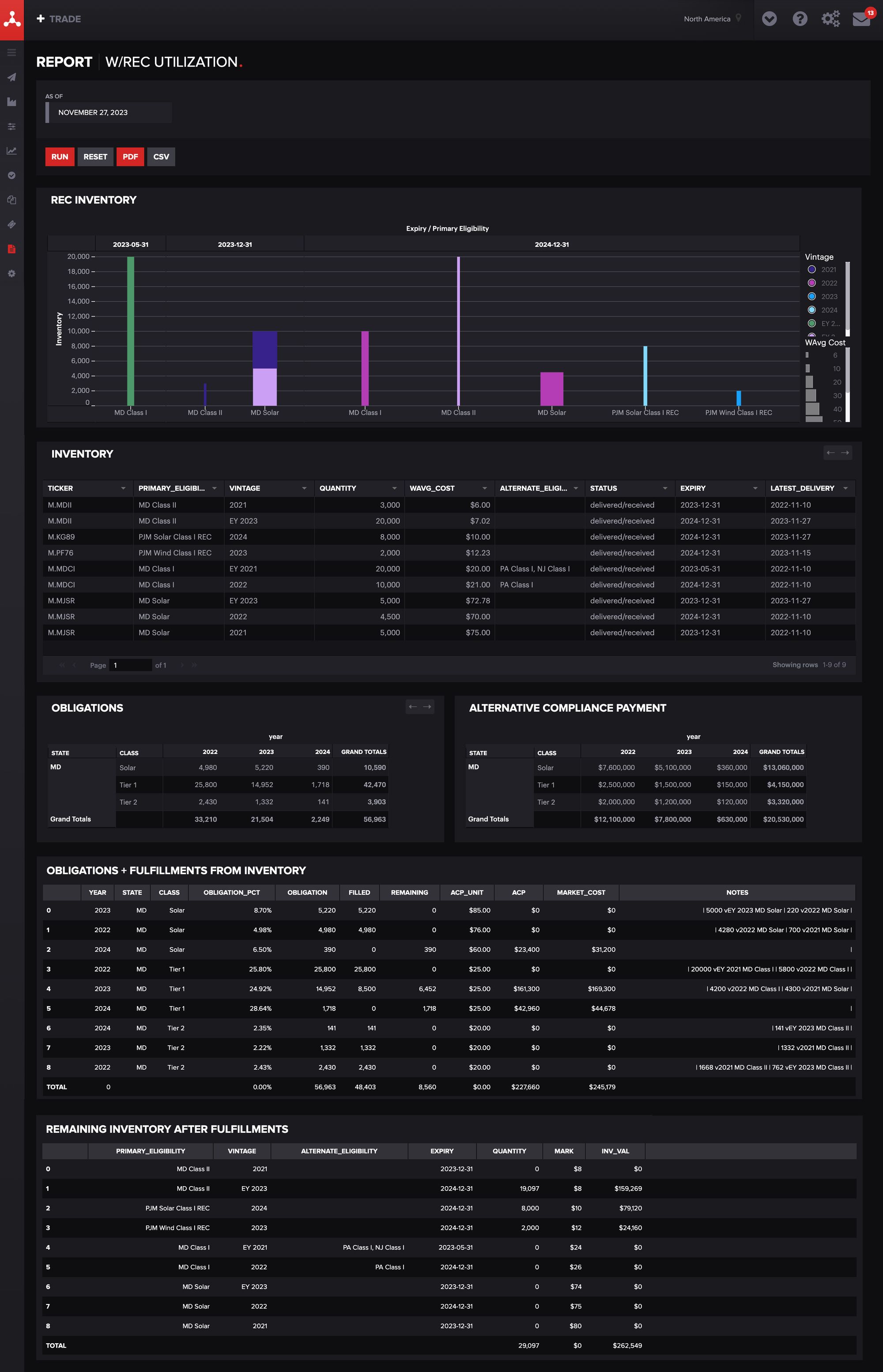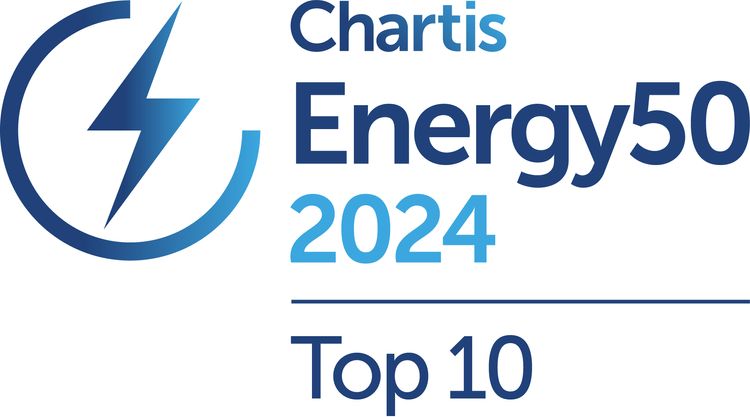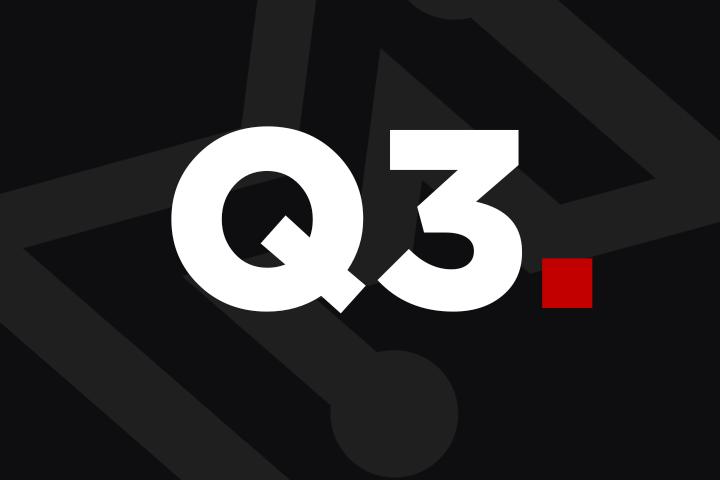What's the Best ETRM Software for the Global Energy Transition?

Over the past few decades, organizations have been working to reduce Scope 2 and Scope 3 GHG emissions and decrease their carbon footprints. This has initiated a global transition towards renewable energy.
Between 2000 and 2010, renewables grew by just over 1%. Now, renewable energy is expected to increase by an annual growth rate of 9%, making up over “one-third of the global generation mix by 2025.” Not only has this shift greatly impacted energy markets but also how energy is traded, managed, and tracked.
Companies have had to re-evaluate how they handle emissions tracking, carbon offsets, and renewable credits. These market changes have called for new ways for software to support trading and risk management. In this blog, we’ll explore how an energy trading risk management solution, or an ETRM, is a valuable tool for navigating evolving energy markets.
Table of Contents:
- How has the global energy transition affected energy trading markets?
- How does the best ETRM software help navigate emerging markets?
- How should your ETRM handle renewable trading?
- How does the best ETRM software help you keep track of credit risk?
- How do you determine the best ETRM software to help you adapt to the energy transition?
How has the global energy transition affected energy trading markets?
The migration from fossil fuels has created a surge in wind, solar, battery storage, and biofuels. This change has impacted not only how companies produce energy but also how they trade it.
For example, biofuels, such as ethanol, have transformed the economies of existing fuel markets and refineries. Aside from creating a demand for fuel blending, the advent of RINs and LCFS credits has created new markets.
We’ve seen a similar change in power markets with RECs and voluntary carbon markets with carbon offsets to incentivize greenhouse gas reduction. Because of these credits and offsets, renewable energy can be as cost-competitive as fossil fuels.
The knock-on effect of trading is an emerging need for software to monitor and manage renewable instruments in new and different ways.
How does the best ETRM software help navigate emerging markets?
Renewable commodities are unique and distinct from long-established trade instruments. Since they have unique characteristics depending on the markets and regions in which they were created, renewable instruments must be traced and monitored differently.

Think about what ETRMs were originally created to handle:
- Deal capture
- Transaction processing
- Forward positions
Although ETRMs were not designed specifically for renewable trading, their foundational features and functionalities make it easier to monitor and manage renewable credits and offsets than other software or tools, such as spreadsheets or ERPs.
Deal capture is already baked into ETRM software, and the most flexible ones can adapt to capture renewable credits through manual entry or built-in integrations with exchanges, ISOs, registries, and more. This means that if you already use an ETRM system, you may already have the ability to adapt it to track this data.
However, what if your current ETRM is not flexible enough to capture this data in a meaningful way for your business needs? This is where the adaptability of your trade risk management technology is crucial. You’ll need to audit your current tools to ensure they’ll solve your future challenges.
How should your ETRM handle renewable trading?
For renewables trading, invest in an ETRM that can track renewables’ unique attributes. These include:
- Eligibility
- Class
- Expiry
Moreover, the best ETRMs for renewable energy trading will help to manage inventory and avoid double claims by easily tracking certificate numbers. Since these systems are designed to handle the full lifecycle of trades, look for one that can model the lifecycle of renewable credits and offsets, such as:
- Forecasts
- (Revised) Estimates
- Contracts
- Minted volumes and deliveries
- Expiries/Retirements
So, what would that look like? Here's an example of a custom ETRM renewable report:

When evaluating ETRMs for tracking renewables, ask if the system can provide an audit trail and match renewable certificates and carbon offsets with their associated commodity.
Since transaction processing is a fundamental part of ETRM software, you can easily enter marks, values, and settle credits of renewables into the system. ETRMs can also help you manage credit risk through counterparty documentation.
What defines ETRMs from other systems is automated position reporting, which can be applied to renewable energy trading and management. With the right ETRM, you can see position reports and which credits offset carbon-related positions. For instance, Molecule’s ETRM enables custom reports, which can be configured to show you which credits should be retired first, inventory, and how credits offset carbon positions.
Although these essential processes can be traced and monitored on spreadsheets, this process can be cumbersome and error-prone compared to using an ETRM.
How does the best ETRM software help you keep track of credit risk?
Since the migration to renewable energy sources is the goal of many government entities, it is regulation that drives new energy markets. These regulations define what data needs to be tracked and reported. To remain compliant, you need to keep a close eye on your portfolio. An ETRM allows you to do just that.
"The energy transition has created evolving regulatory requirements. An ETRM system is an excellent way to track and maintain your business processes to understand how you're meeting those regulatory requirements." - Bridget Frilot, Senior Project Manager
ETRMs can help you stay on top of regulations, including customizations for credit risk reporting. Because credit monitoring is increasingly a part of regulatory requirements, an ETRM can also give you the tools to help you monitor your counterparties, collateral, and contracts.
How do you determine the best ETRM software to help you adapt to the energy transition?
Compared to spreadsheets, ETRMs’ fundamental capabilities can help companies stay on top of the advances in energy trading and environmental markets. However, with all of the ETRMs on the market, how do you know the right one to choose?
First, evaluate the extent to which the ETRMs on your list handle renewable credit and offset management with the criteria outlined in this blog. Determine:
- How the ETRM software captures renewable certificates
- If there are built-in integrations to ISOs or registries
- How the ETRM tracks the unique attributes of renewable commodities
- How the ETRM reports on carbon-related positions
- How the ETRM helps you monitor regulatory requirements
That’s where SaaS, or Software-as-a-Service ETRMs, come in. They are more flexible and adapt quicker to the evolving energy industry compared to legacy or on-prem ETRMs.
Here’s how Molecule does it:
We have a robust data model and continuous integration and continuous delivery (CI/CD) mode. In turn, our ETRM is engineered to deliver new features and cover new products and markets in a way that is not disruptive to the end user. In other words, customers can log into our application with new features ready to use - at no additional cost.
Molecule was founded to bring the benefits of consumer apps found on a smartphone to the enterprise user. Just like your phone, your SaaS ETRM is "always on, always updated."
“Technology is not about bits and bytes; it's about how it makes you feel.” -Steve Jobs
With this in mind, we believe our customers should never feel they are using something obsolete – not only from the technology perspective but also in terms of adapting to evolving energy markets.
RELATED POSTS









